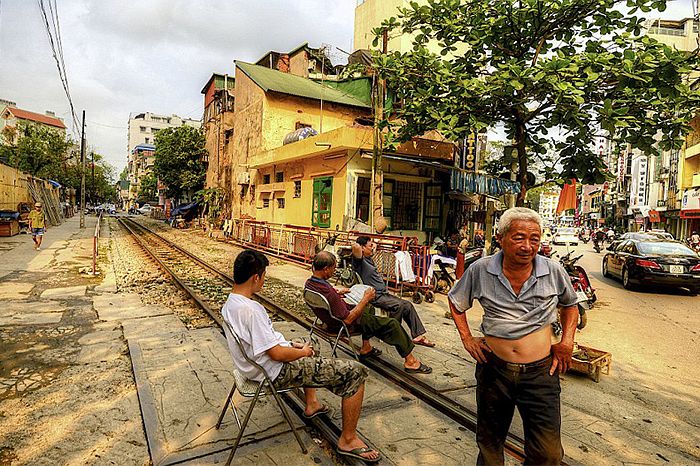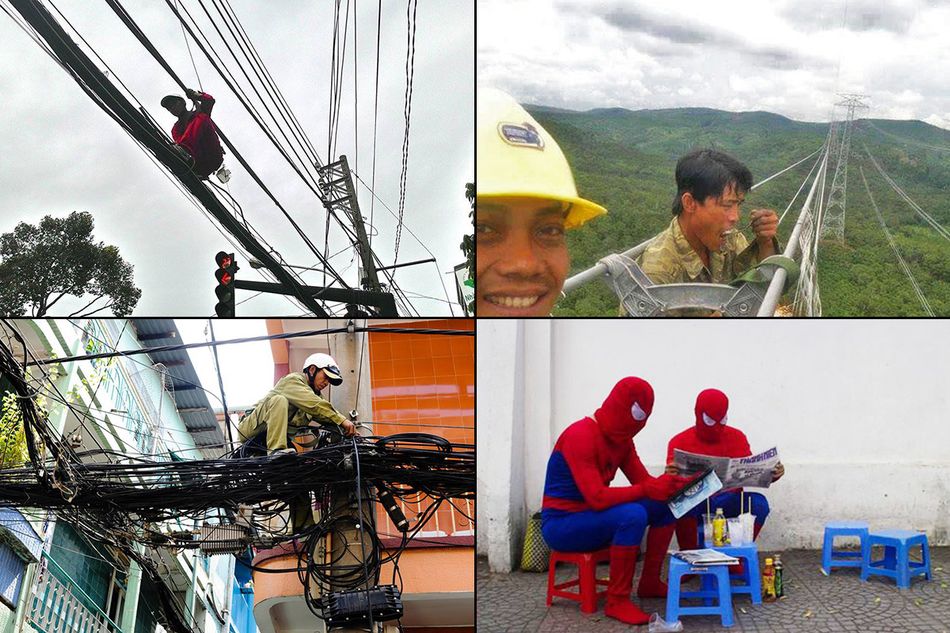Though eating dog has long been part of Vietnamese culture, the illicit dog meat trade in SE Asia has been growing rapidly over the past few years. Recently, cross-border smuggling of the animals has become so prevalent that Vietnam, along with 3 other ASEAN neighbors have been working on high-level agreements to stop the trade which is estimated at over 5 million dogs per year.
Locally, dogs are being stolen from their owner’s property and some of the culprits have been beaten to death by angry mobs. While barbaric in many senses, the expansion of the trade comes down to money and perception.
Increasing demand for dog meat has forced suppliers to look beyond the local villages that traditionally sourced the animals. This has created a multi-million dollar industry wherein dogs are smuggled into Vietnam from Thailand and Laos. Other than the bribes for border guards, the trade is tax free, allowing for profits between 300 – 500%. In Thailand, the center of the trade, authorities know the ringleaders live but are unable to prosecute them:
"Some of the photographs show their cars – their numberplates could be easily traced – but they get away with it because they pay a lot of money [in bribes]. And as long as they keep paying, there will be people in the system who accept it and turn a blind eye," said Edwin Wiek, cofounder of the Animal Activist Alliance.
Dog smugglers in Thailand supply traders in Cambodia and Laos who bring the animals to Vietnam where they are cooked and served up in restaurants, fetching up to VND600,000 per dish.
According to the Bangkok Post, Nakhon Phanom, Mukdahan and Bung Kan are the main provinces where dog smugglers operate. When in transit, dogs are housed in crowded and inhumane cages as pictured above.
The cruel conditions only end in the moments after a dog is killed. According to The Guardian, some believe that the more suffering involved in the animal’s death, the tastier its meat. As a result, many butchers beat dogs to death:
“Nguyen reaches into one cage and caresses the dog closest to the door. As it starts wagging its tail, he grabs a heavy metal pipe, hits the dog across the head, then, laughing loudly, slams the cage door closed.”
In the end, it comes down to differences in perception. In the west, dogs have long been seen as loyal pets, akin to a family member. But this has only recently been the case in SE Asia. It’s an age-old argument – People eat cows, pigs and chickens, often raised in equally horrific conditions and nobody bats an eye. Eat a dog and everybody loses their minds. Samuel L. Jackson and John Travolta famously explored this contradiction in the 1994 film Pulp Fiction:
Thai MP, Bhumiphat Phacharasap, has said that if the trade were regulated, corruption would be eliminated and quality and safety controls could be established. But he is aware of the stigma attached to eating dog meat:
“The problem is, we would be perceived as a culture that tortures animals because dogs are 'not for consumption'. We would be criticised. We'd be boycotted. We'd lose our trade rights [with the rest of the world]."
This paradox is perhaps best explained by Australian philosopher Peter Singer in his 1975 work Animal Liberation:
"To protest about bullfighting in Spain, the eating of dogs in South Korea, or the slaughter of baby seals in Canada while continuing to eat eggs from hens who have spent their lives crammed into cages, or veal from calves who have been deprived of their mothers, their proper diet and the freedom to lie down with their legs extended, is like denouncing apartheid in South Africa while asking your neighbours not to sell their houses to blacks."
Related Articles:
- Hundreds Confess to Killing Dog Thieves in Bac Giang
- Vietnam, Neighbors Pledge to End Dog Meat Trade














